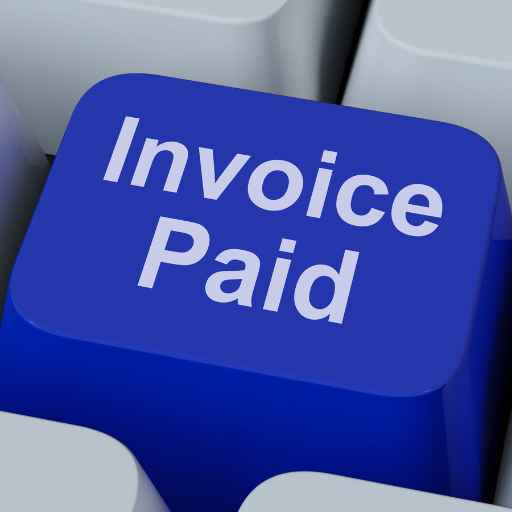
An invoice template is a pre-designed, customizable document that businesses use to bill customers for goods or services provided.
Having a robust invoice template is crucial for any business. It speeds up the billing process and adds a layer of professionalism to your operations. A well-crafted template will help you streamline your accounting processes, improve customer relations, boost cash flow, and save time.
Primary Considerations for Invoice Templates
When selecting or creating an invoice template, consider the following:
Legal Requirements
Your template should include all legally required information, such as your business name, customer details, and a unique invoice number.
Clarity
The template should be easy to read and understand. Use simple language and a clean design. This will ensure that both you and your customer can quickly identify the essential details. Sending clear invoices builds trust, which could help increase your customer lifetime value.
Customizability
Choose a template that you can easily adapt for different types of transactions or clients.
Compatibility
Ensure that your template is compatible with your existing accounting or billing software for seamless operations.
Key Benefits of Using Invoice Templates
Using templates to produce invoices provides a wide range of benefits to accounts receivables teams.
Efficiency
Having standardized templates simplifies and speeds up the process of generating invoices. Therefore, this significantly reduces administrative overhead.
Accuracy
Consistency minimizes the risk of errors. This helps you maintain a professional image while facilitating smoother transactions.
Cost-Effectiveness
Utilizing a template reduces the need for custom-designed invoices, thereby saving you money.
Professionalism
A well-designed template adds a professional touch to your business communications, which will elevate your brand’s image.
How Billing Software Can Enhance Invoice Templates
It’s vital that your templates contains all vital invoicing information—this is where billing software can help.
Customization
Billing software often provides customization options for invoice templates, allowing users to tailor them to their specific needs. You can adjust fonts, add custom fields, and choose the layout that suits your business.
Automation
Modern billing software typically integrates with accounting and financial systems. Therefore, you can generate invoices automatically based on sales transactions or services provided. This minimizes manual data entry and reduces errors.
Tax Calculation
Invoice templates in billing software often include fields for specifying tax rates and calculating the applicable taxes on the invoice. As a result, utilizing billing software helps ensure accurate tax reporting and compliance.
Payment Options
Invoices generated from billing software templates may also include payment instructions, such as bank account details, payment terms, and accepted payment methods. Some billing software may even support online payment options.
Tracking and Reporting
Billing software often includes features for tracking the status of invoices (e.g., paid, pending, overdue). What’s more, you can easily generate reports for financial analysis and record-keeping in just a few clicks.
Automatic Legal Compliance
These templates are usually designed to meet legal and regulatory requirements in the relevant jurisdiction. This may include mandatory information such as tax identification numbers, legal disclaimers, or terms and conditions.
Conclusion
Invoice templates are crucial assets for businesses looking to streamline their billing processes and maintain a professional image. They provide increased efficiency, accuracy, and keep costs low—especially if you use advanced billing software like Nitrobox to create these templates.
Interested in learning how Nitrobox can help optimize your invoicing processes? Explore our billing automation features.